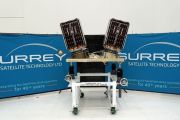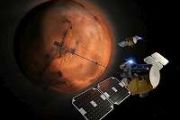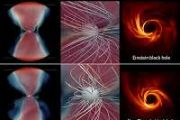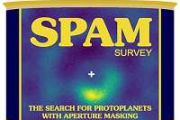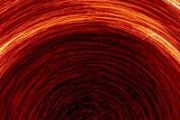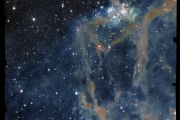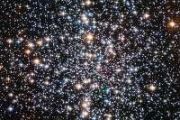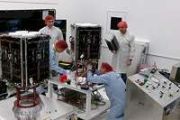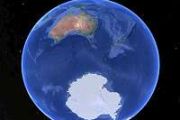
Copernical Team
Webb discovers methane, carbon dioxide in atmosphere of K2-18 b
 A new investigation with NASA's James Webb Space Telescope into K2-18 b, an exoplanet 8.6 times as massive as Earth, has revealed the presence of carbon-bearing molecules including methane and carbon dioxide. Webb's discovery adds to recent studies suggesting that K2-18 b could be a Hycean exoplanet, one which has the potential to possess a hydrogen-rich atmosphere and a water ocean-covered surf
A new investigation with NASA's James Webb Space Telescope into K2-18 b, an exoplanet 8.6 times as massive as Earth, has revealed the presence of carbon-bearing molecules including methane and carbon dioxide. Webb's discovery adds to recent studies suggesting that K2-18 b could be a Hycean exoplanet, one which has the potential to possess a hydrogen-rich atmosphere and a water ocean-covered surf Here's how the Sept. 24 asteroid sample delivery will work

Early morning on Sunday, Sept. 24, the OSIRIS-REx spacecraft's sample capsule will come face-to-face with Earth's atmosphere for the first time since the mission's 2016 launch. On board are an estimated 8.8 ounces, or 250 grams, of rocky material collected from the surface of Bennu in 2020—NASA's first asteroid sample and the largest ever collected in space.
When it approaches Earth, the OSIRIS-REx spacecraft won't slow down as it makes its sample drop-off. Instead, when it reaches 63,000 miles (or 102,000 kilometers) above Earth's surface—about one-third the distance from Earth to the moon—a message from operators on the ground will trigger the capsule's release and the capsule will be sent spinning toward the atmosphere below.
Webb discovers methane and carbon dioxide in atmosphere of K2-18 b

A new investigation by an international team of astronomers using data from the NASA/ESA/CSA James Webb Space Telescope into K2-18 b, an exoplanet 8.6 times as massive as Earth, has revealed the presence of carbon-bearing molecules including methane and carbon dioxide. The discovery adds to recent studies suggesting that K2-18 b could be a Hycean exoplanet, one which has the potential to possess a hydrogen-rich atmosphere and a water ocean-covered surface.
Meteosat Third Generation: painting the full picture
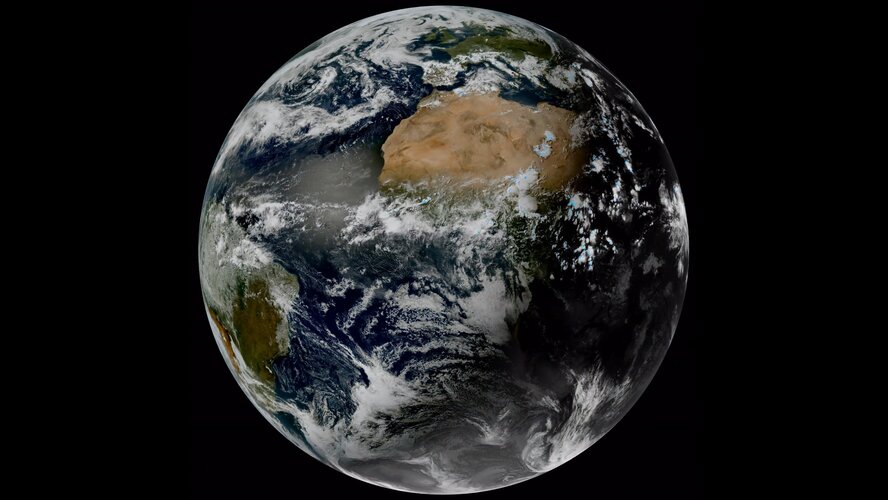 Video:
00:00:14
Video:
00:00:14
In a significant leap forward for meteorology, the preliminary data obtained by Meteosat Third Generation’s two instruments, the Flexible Combined Imager (FCI) and the Lightning Imager (LI), were successfully combined today for the first time – highlighting their complementary capabilities. This first set of animations gives us a preview of the system’s future impact.
This animation shows the combined observations from the Meteosat Third Generation’s instruments starting at 12:00 UTC on 03 June 2023 and ending at 12:00 UTC of 04 June 2023. Lightning activity is more intense over central Africa, the northern part of South America, Europe
GomSpace receives order from EPIC Aerospace to support space tug development
 GomSpace announces that EPIC Aerospace has chosen to purchase products and subsystems at a value of approx. 3.8 MSEK from GomSpace for their space tugs. The products and subsystems will be used as part of the space tug control system.
EPIC Aerospace is a pioneer and leader in space tugs and in orbit transfer vehicles. Their aim is to provide space tugs for launch (enclosures bringing satel
GomSpace announces that EPIC Aerospace has chosen to purchase products and subsystems at a value of approx. 3.8 MSEK from GomSpace for their space tugs. The products and subsystems will be used as part of the space tug control system.
EPIC Aerospace is a pioneer and leader in space tugs and in orbit transfer vehicles. Their aim is to provide space tugs for launch (enclosures bringing satel Virgin Galactic completes 4th successful flight in 4 months
 Virgin Galactic Holdings, Inc. (NYSE: SPCE) has reported the completion of its second private astronaut flight, 'Galactic 03.' The mission flew three of Virgin Galactic's first customers.
'Galactic 03' was Virgin Galactic's fourth successful spaceflight in the past four months, and the third flight of Virgin Galactic's inaugural commercial spaceflight season. The flight followed the Compan
Virgin Galactic Holdings, Inc. (NYSE: SPCE) has reported the completion of its second private astronaut flight, 'Galactic 03.' The mission flew three of Virgin Galactic's first customers.
'Galactic 03' was Virgin Galactic's fourth successful spaceflight in the past four months, and the third flight of Virgin Galactic's inaugural commercial spaceflight season. The flight followed the Compan New cosmological constraints on the nature of dark matter
 New research has revealed the distribution of dark matter in never before seen detail, down to a scale of 30,000 light-years. The observed distribution fluctuations provide better constraints on the nature of dark matter.
Mysterious dark matter accounts for most of the matter in the Universe. Dark matter is invisible and makes itself know only through its gravitational effects. Dark matter
New research has revealed the distribution of dark matter in never before seen detail, down to a scale of 30,000 light-years. The observed distribution fluctuations provide better constraints on the nature of dark matter.
Mysterious dark matter accounts for most of the matter in the Universe. Dark matter is invisible and makes itself know only through its gravitational effects. Dark matter Ravenous black hole consumes star every time it passes by
 A star like our own Sun in a nearby galaxy is gradually being eaten away by a small but ravenous black hole, losing the equivalent mass of three Earths every time it passes close. The discovery by University of Leicester astronomers is reported today (7 September) in Nature Astronomy and provides a 'missing link' in our knowledge of black holes disrupting orbiting stars. It suggests a whole mena
A star like our own Sun in a nearby galaxy is gradually being eaten away by a small but ravenous black hole, losing the equivalent mass of three Earths every time it passes close. The discovery by University of Leicester astronomers is reported today (7 September) in Nature Astronomy and provides a 'missing link' in our knowledge of black holes disrupting orbiting stars. It suggests a whole mena Possible existence of Earth-like planet predicted in Outskirts of Solar System
 There are many unexplained anomalies in the orbits and distribution of trans-Neptunian objects, small celestial bodies located at the outer reaches of the solar system. Now, based on detailed computer simulations of the early outer solar system, researchers from Japan predict the possibility of an undiscovered Earth-like planet beyond Neptune orbiting the Sun. Should this prediction come true, i
There are many unexplained anomalies in the orbits and distribution of trans-Neptunian objects, small celestial bodies located at the outer reaches of the solar system. Now, based on detailed computer simulations of the early outer solar system, researchers from Japan predict the possibility of an undiscovered Earth-like planet beyond Neptune orbiting the Sun. Should this prediction come true, i Sols 3941-3942: Follow the Red Bumpy Road
 Earth planning date: Wednesday, September 6, 2023: Today I served on the rover science operations team as the Geology theme group Keeper of the Plan, otherwise known as the "GKOP." The GKOP operates the software that is specifically designed to help the science team build a plan of geology-focused observations that fit within the pre-determined duration of the science blocks on each sol.
T
Earth planning date: Wednesday, September 6, 2023: Today I served on the rover science operations team as the Geology theme group Keeper of the Plan, otherwise known as the "GKOP." The GKOP operates the software that is specifically designed to help the science team build a plan of geology-focused observations that fit within the pre-determined duration of the science blocks on each sol.
T 

